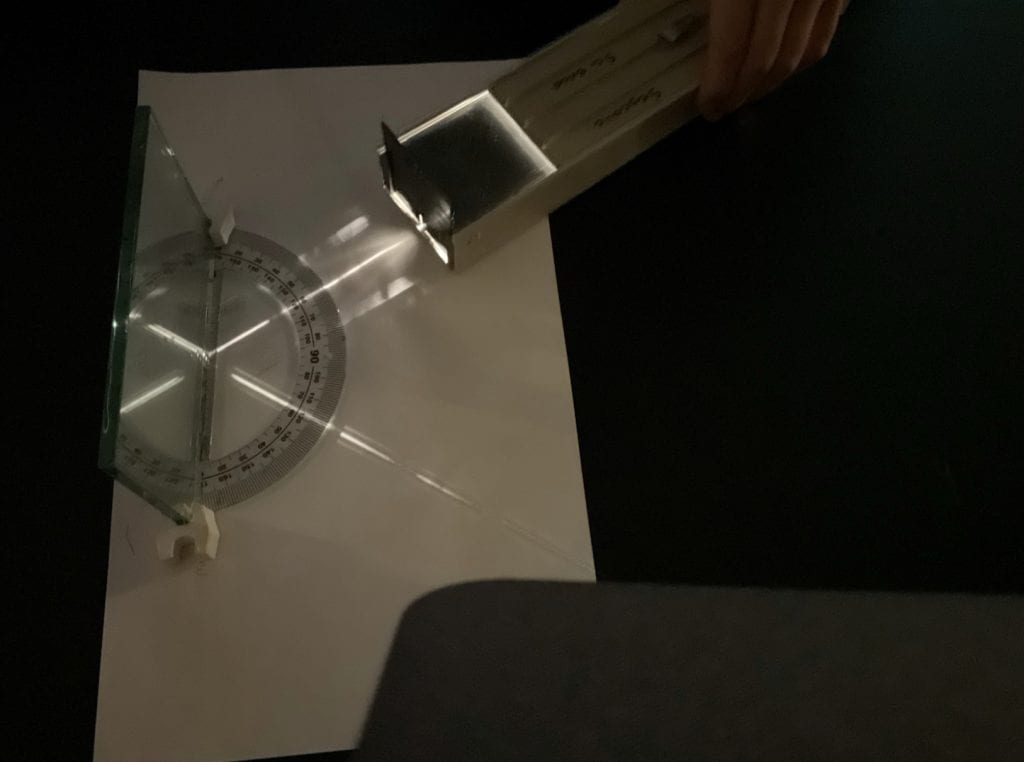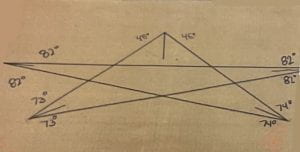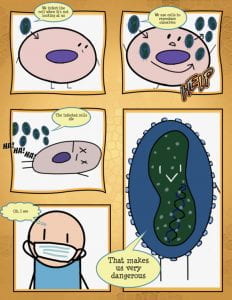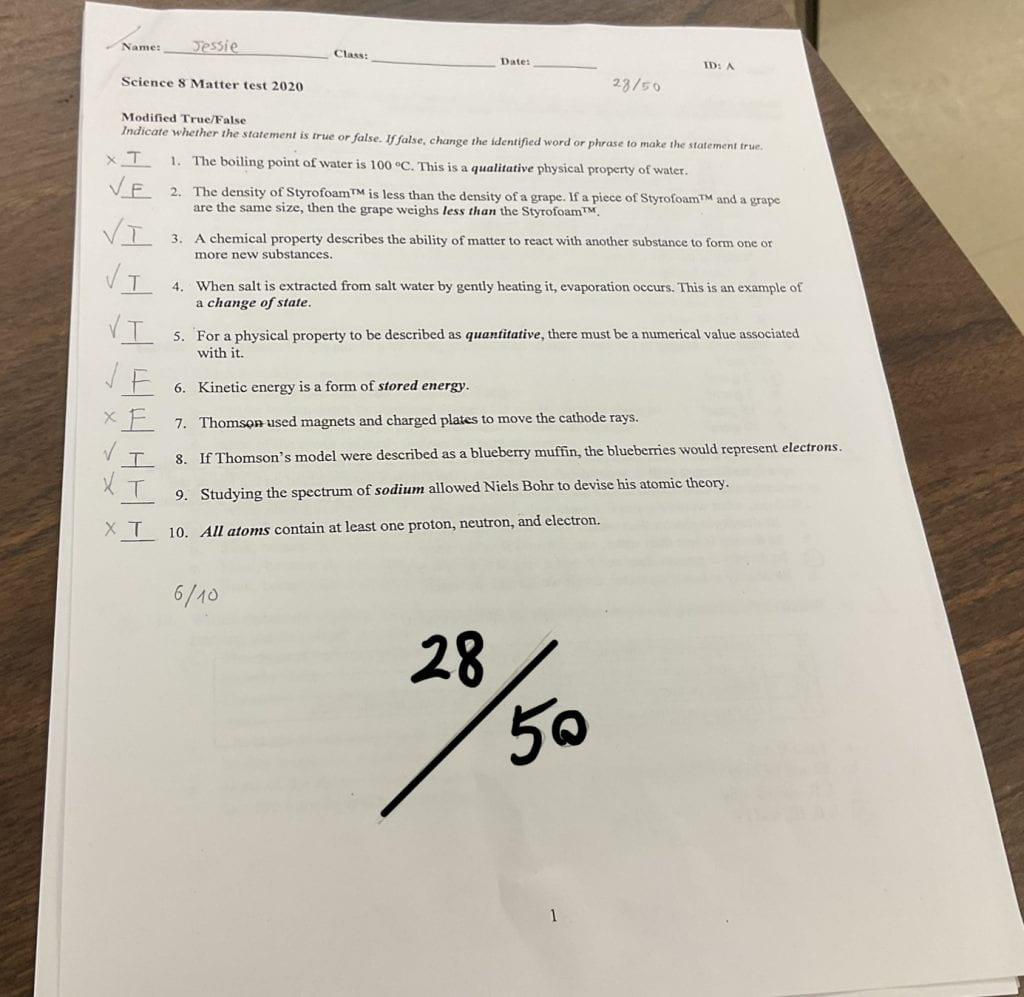In this project, we learned and experimentally proved the Pythagorean Theorem and the law of reflection.
Pythagorean theorem is a geometric theorem that states that the sum of the squares of the two sides of a right triangle is equal to the square of the hypotenuse.
The law of reflection states that when light strikes a mirror, it strikes at the same Angle as the reflected light.
Milestone 1: Project Start Mind Map
I create a mind map centered on “Laser” in MindNode. Added applications I know about lasers like the Laser cosmetic

Milestone 2: Law of Reflection Lab
My team and I used scientific methods to create an experiment to test the law of reflection. Materials: Ray box, protractor, mirror, paper, pencil.
My favorite part of this project was measuring the Angle of reflected light and incident light with the team
Question:
Is the law of reflection true for all angles of incidence
Hypothesis:
When light strike on mirror, the incident light is the same Angle as the reflected light
Procedure:
1) attach rubber feot to the mirror
2) plug in the ray-box
3) place the protractor on the paper against the mirror, mark with p pencil where the mirror and protractor are
4) point the incident ray at the mirror where the vertex of the protractor is
5) measure the angle of incidence and mark and label it on the paper
6) measure and label the angle of reflection
7) repeat steps 4-6 for 10 unique angles of incidence
Data/Results/Analysis:



Conclusion:
Accord to our group’s measurement, the Angle of each incident light and reflected light is mostly different.
This may be because the reflected light spread out after incident light hit the mirror, it make hard to measure accurately.
The law of reflection was true because our team measure carefully again and find that the Angle of incidence and the Angle of reflection were the same
Milestone 4: Laser Triangle Design
I designed a right triangle with a laser on a website and tested the reflection Theorem and The Pythagorean Theorem with it. This website: https://ricktu288.github.io/ray-optics/simulator_old/ My favorite part of Milestone 4 was use laser and mirror to make the right triangles
Question:
How can we test the Pythagorean theorem and the law of reflection at the same time?
Hypothesis:
I predict the area of the square on the two sides adds up to the area of the hypotenuse square. I predict when a ray hit a mirror, the incident light is the same Angle as the reflected light.
Procedure:
First I made a mirror then I shot ray on the mirror, so the two sides of the triangle are done, and then I made a mirror on one side of the triangle, and adjusted the mirror to get a right triangle.
I will draw three squares on three sides of a right triangle.
I will measure the angle of the incoming light and the reflected light
Data/Results/Analysis:

Conclusion:
I made a right triangle with the rays and mirrors from this website, and after measure the length and angle with the ruler and protractor I found the Pythagorean theorem is true.
The sum of the squares of the two sides of a right triangle is equal to the hypotenuse squared. When a ray hits a mirror, it does arrive at the same Angle as the reflected light.
Milestone 5: Laser Display
The laser display that we built, Including a right triangle. My favorite part of Milestone 5 was saw that our group’s laser experiment successfully presented a right Angle star
Question:
How can we test the Pythagorean theorem and the law of reflection to represent a mathematical idea in a pictorial form?
Hypothesis:
I predict that the area of the two short squares will add up to the area of the hypotenuse square. When laser hits the mirror, the Angle of incident light and reflected light are the same.
Process:
1. Plan projects
2. Scheme design
3. Draw designs on cardboard
4. Measure the Angle and length of the design
5. Paint the design in black paint and white paint
6. Add mirrors
7. Turn on the laser
8. Adjust the mirror
9. Stick mirror and laser
Data/Results/Analysis:



Conclusion:
We made a star with ray and mirrors, after measured the length of the right triangle in the star with ruler and protractor, the sum of squares of both sides of the right triangle was equal to the square of the hypotenuse. The Pythagorean theorem is true.
and after measured the five angles of the ray with a ruler and protractor, I found that when the ray hit the mirror, the Angle of incident light and reflected light are the same.
The project end mind Map:





























